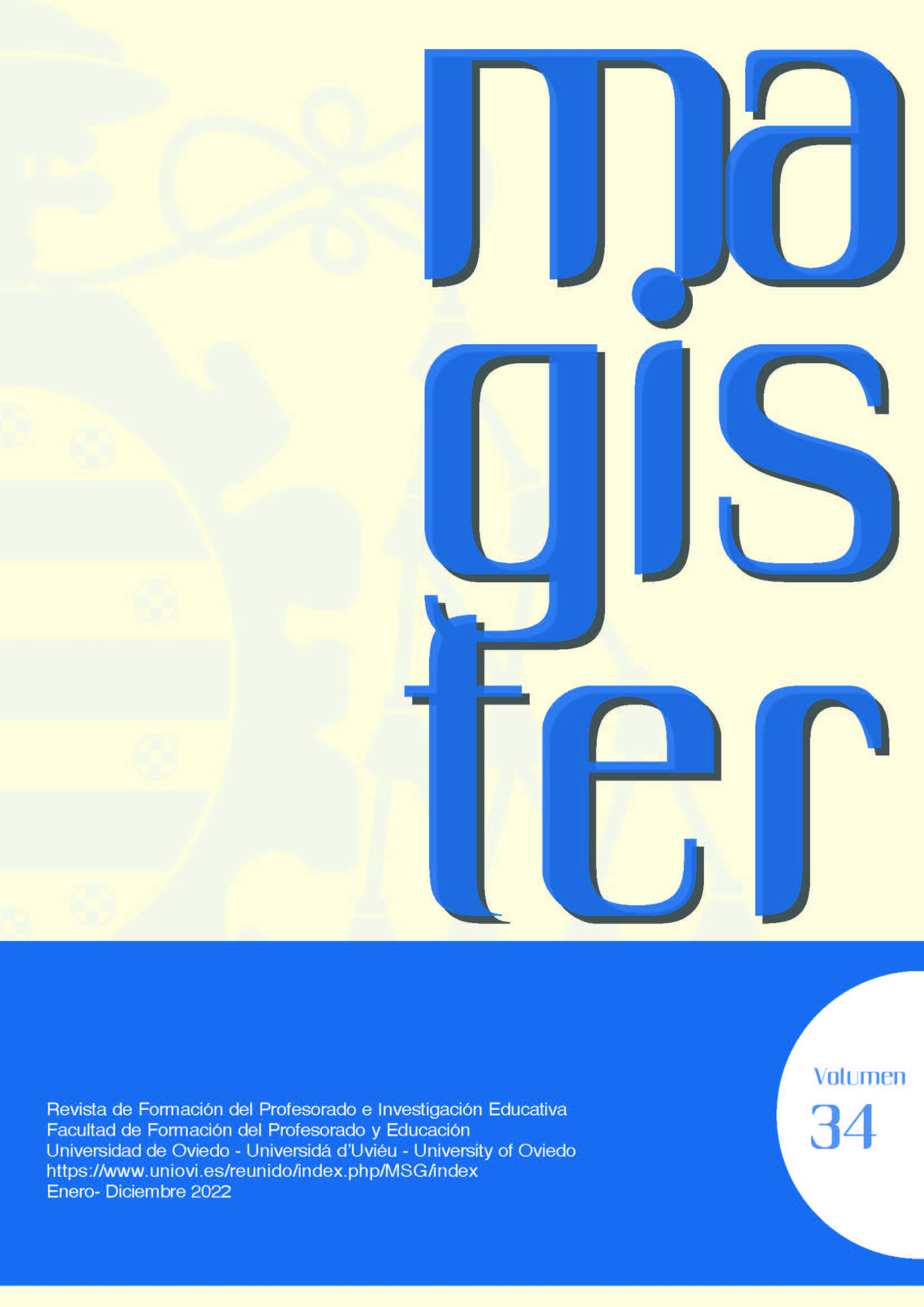Abstract
Co-learning and collaborative work are teaching methods that have been used to improve learning for decades. In the academic year 2019-2020, we have used them to promote certain values in the framework of a teaching innovation. The confinement derived from Covid-19 presented us with an even greater challenge innovation-wise, as the practical coursework had to be organized synchronously online, after a month and a half of University-based lectures.
Practical and theoretical sessions were used to promote collaboration and positive competitiveness. The results were highly effective, improving work processes and maintaining the rhythm throughout.
The result was an innovative teaching project that, despite the difficulties posed by confinement, achieved its goals and gave excellent results. New formulae needed to be found by both students and staff to overcome the difficulties and solve the multiple problems created by physical distancing and lack of face-to-face personal contact.
References
Asensio, M. y Pol, E. (2008). Conversaciones sobre el aprendizaje informal en museos y patrimonio. En H. Fernández (ed.), Turismo, Patrimonio y Educación. Los museos como laboratorios de conocimientos y emociones (pp. 19-60). Pasos.
Azqueta, A., y Naval, C. (2019). Educación para el emprendimiento: una propuesta para el desarrollo humano. Revista Española de Pedagogía, 77(274), 517-533. https://doi.org/10.22550/REP77-3-2019-03
Bartolomé, A. (2004). Blended learning. Conceptos básicos. Pixel-Bit. Revista de Medios y Comunicación, 23, 7-20.
Espinosa, Z. (2019). El cultivo de la creatividad para el diálogo intercultural. Revista española de pedagogía, 77(272), 29-45. https://doi.org/10.22550/REP77-1-2019-05
Fernández, H. y Fajardo, V. (2008). Impacto expositivo de los museos y de los espacios de patrimonio en Lanzarote: la comunicación con el visitante. En H. Fernández (ed.), Turismo, Patrimonio y Educación. Los museos como laboratorios de conocimientos y emociones (pp. 161-188). Pasos.
García-Aretio, L. (2018). Blended learning y la convergencia entre la educación presencial y a distancia. RIED, Revista Iberoamericana de Educación a Distancia, 21(1), 09-22. http://dx.doi.org/10.5944/ried.21.1.19683.
Hart, M. (2008). El museo: ¿archivo o activador permanente: Nuevas modalidades de exhibición en la Edad de las TIC. En H. Fernández (ed.), Turismo, Patrimonio y Educación. Los museos como laboratorios de conocimientos y emociones (pp. 61-73). Pasos.
Hinojo, F.J., Aznar, I. y Cáceres, M.P. (2009). Percepciones del alumnado sobre el blended-learning en la universidad. Comunicar (Revista de Educomunicación), XVII(33), 165-174. http://dx.doi.org/10.3916/c33-2009-03-008.
Hooper-Greenhill, E. (1998). Los museos y sus visitantes. Trea.
Izquierdo, T., Asensio, E., Escarbajal, A. y Rodríguez, J. (2019). El aprendizaje cooperativo en la formación de maestros de Educación Primaria. Revista de Investigación Educativa 37(2), 543-559. http://dx.doi.org/10.6018/rie.37.2.369731
Johnson, D., Johnson, R. y Johnson-Holubec, E. (1999). Los nuevos círculos de aprendizaje. La cooperación en el aula y en la escuela. Aique.
Mercader, C., y Garin, J. (2020). ‘University teachers’ perception of barriers to the use of digital technologies: the importance of the academic discipline. International Journal of Educational Technology in Higher Education, 17(4), 1 -14. http://dx.doi.org/10.1186/s41239-020-0182-x
Moreira, J.A, Heriques, S., Goulao, M. de F. y Barros, D. (2017). Digital Learning in Higher Education: A Training Course for Teaching Online-Universidadde Aberta, Portugal. Open Praxis, 9(2), 253-263. http://dx.doi.org/10.5944/openpraxis.9.2.539
Pérez, P. (2007). La insurrección expositiva. Cuando el montaje de exposiciones es creativo y divertido. Cuando la exposición se convierte en una herramienta subversiva. Trea.
Povedano, E. e Hinojosa, M. (2018). El patrimonio cultural y el turismo responsable. En M.C. Fernández-Laso y J.R. Sarmiento (coords.), Patrimonio cultural y Marketing Digital (pp. 59-76). Dykinson.
Ranciére, J. (2003). El maestro ignorante. Laertes.
Smith, F. (1988). Joining the literacy club. Further Essays into Education. Heinemann.
Turpo, O. (2013). Perspectiva de la convergencia pedagógica y tecnológica en la modalidad blended learning, en RED – Revista de Educación a Distancia, 39, 1- 14.
Urry, J. (2004). La mirada del turista. Universidad de San Martín de Porres.
Vespestad, M.K. y Smorvik, K.K. (2020). Co-creation as a Tool to Overcome Cross-Cultural Differences in Educational Experiences? Journal of Hospitality & Tourism Education 32(3), 156-166. http://dx.doi.org/10.1080/10963758.2019.1685391
Vieira, D.M., Okada, A. y Henriques, S. (2017). Rede de estilos de aprendizagem e EAD. Uma experiencia de coaprendizagem. Revista de estilos de aprendizaje 10(19), 236-255. https://doi.org/10.55777/rea.v10i19.1077

This work is licensed under a Creative Commons Attribution-NonCommercial-NoDerivatives 4.0 International License.
Copyright (c) 2022 Magister. Journal of Teacher training and Educational Innovation


